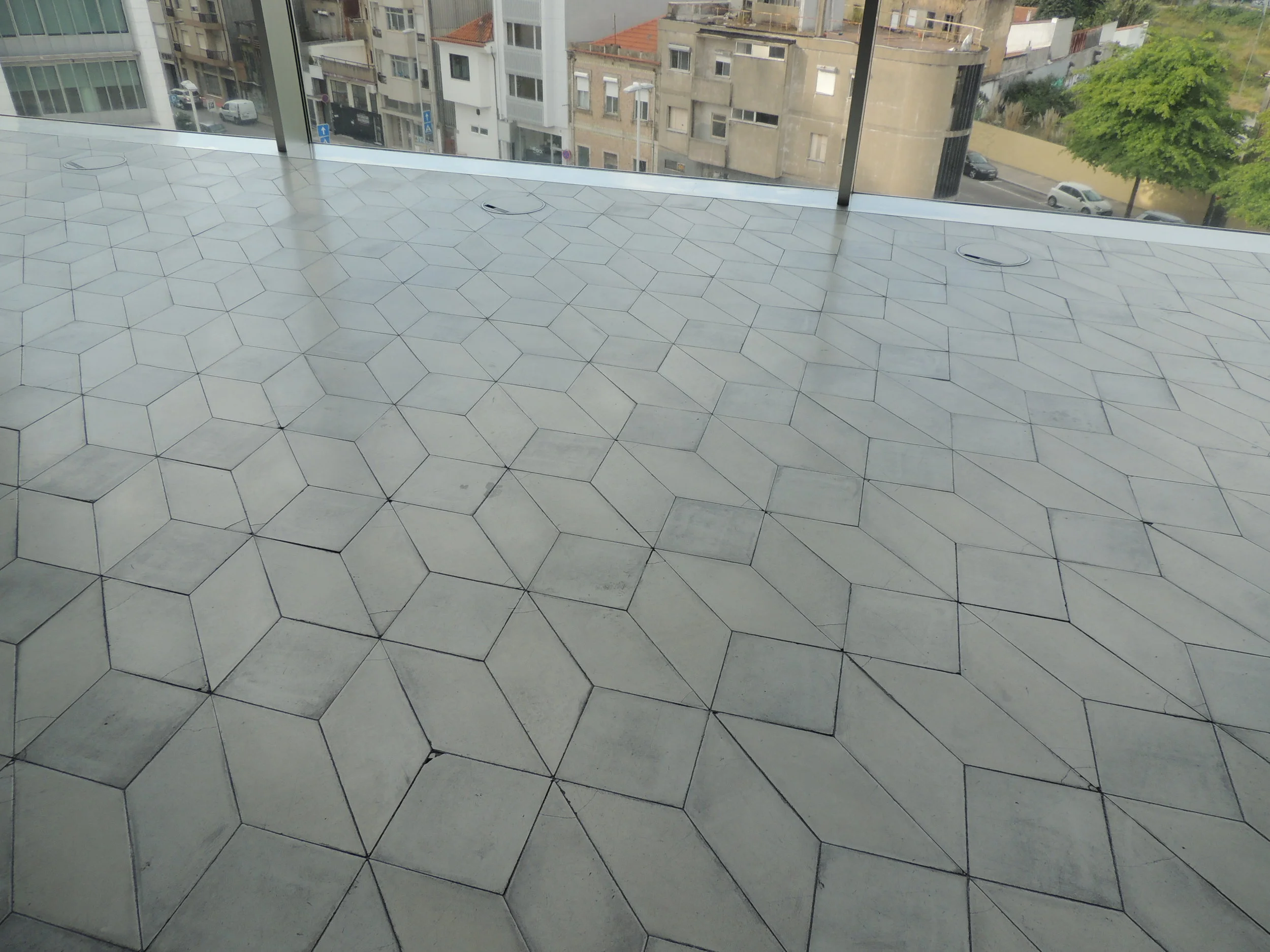CHANGING HAABITTS: Five Easy Ways to Reduce Toxins Indoors
/Exposure to toxic chemicals these days is unfortunately inevitable! We come into contact with harmful substances every day at work, in transit, at home, and in most retail, recreational and industrial environments in between. Exposure risks include absorption through the skin, oral ingestion, and breathing in airborne particulate. Given that we spend almost 90% of our time indoors, it makes sense to take steps to limit exposure in our home and work environments. Though overhauling these spaces entirely isn’t easy or realistic, there are a number of small, immediate changes that can be made to limit toxic exposure at home and at work. Try these five to affect immediate change:
Go Shoeless. By removing your shoes at the door, you can limit the spread of chemicals and bacteria riding on your soles. One EPA study demonstrates that herbicides can be easily tracked inside on the soles of shoes, and that resulting exposure to chemicals can rival exposure levels endured when eating conventional (non-organic) fruits and vegetables. Illness-causing bacteria (including E. coli and coliform) often hitchhike in on our shoes, as found in a University of Arizona study (and cosponsored by Rockport Shoe Company). It’s also true that lead dust is often tracked inside on shoes.
Work to Eliminate Dust. This is a tough one, but it’s important because according to a 2016 joint study by Harvard and George Washington Schools of Public Health, household and office dust often contains toxic particulate--including flame retardants, phthalates, phenols, lead, herbicides and pesticides, soot, and more. Invest in a HEPA-filtered vacuum cleaner, change or clean the bag and filter as soon as they are exhausted, and run the machine as often as you can. Where the vacuum isn’t practical, use damp rags to wipe dust in place of feather dusters.
Introduce Fresh (filtered) Air. If air quality is decent in your neighborhood, open your windows for 10 minutes every day to dilute the indoor environment. You’ll be addressing airborne chemicals, including VOCs and formaldehyde, bacteria and viruses, radon gas and more. If the air quality in your area is not acceptable, consider installing air filters in the rooms you spend the most time in (especially the bedrooms). You might also invest in a ventilation device that introduces filtered fresh air mechanically, via either an an Energy Recovery Ventilator (ERV) or a Heat Recovery Ventilator (HRV) unit.
Use Cleaning Products Carefully. Many conventional cleaning products contain volatile organic compounds (VOCs) and other noxious chemicals. Opt for vinegar or hydrogen peroxide in place of bleach as a disinfectant, and use lemon juice and baking soda to tackle tough stains in the kitchen and bath. When you work to eliminate dust and make your indoor environment a shoeless one, you’ll be reducing dirt and grime in the first place, and will likely need fewer cleaners to do the job.
Ventilate Well When Cooking and Heating. Combustion appliances (those that use fuel to heat) require expertly installed venting directly to the exterior. Be sure that you use your exhaust fan when cooking, that you open the flue before using your fireplace, and that your chimney and furnace or boiler vents are clear of obstruction.
Stay tuned for suggestions on how to prioritize larger-scale (and more expensive) modifications to your indoor environment!

